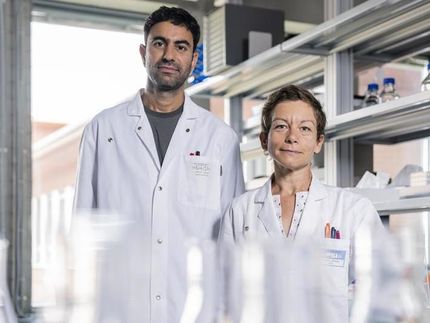Novartis and collaborators discover new dual-acting class of antimalarial compounds with potential to both prevent and treat malaria infections
A new class of antimalarial drug candidates inhibits malaria parasite liver-and blood-stages in malaria models
Advertisement
The discovery of a new class of dual-acting antimalarial compounds - the imidazolopiperazines (IZPs) - was published in Science online. The findings report on compounds that target both liver and blood infections, attacking the Plasmodium parasite at both stages in its reproduction cycle.
The findings describe how scientists developed a novel assay to determine liver stage activity of candidate small molecules, then used the assay and other tools to identify and optimize a chemical scaffold with activity on both blood- and liver-stage parasites in malaria mouse models. Several other compound classes, also with dual activity, are described and released by Novartis through ChEMBL - Neglected Tropical Disease.
"For over a decade, Novartis has engaged in the front ranks of combating malaria, pioneering the not-for-profit supply of our antimalarial treatment Coartem® to the public sector of endemic countries," commented Joseph Jimenez, CEO of Novartis. "These new findings further demonstrate our innovative and sustainable research commitment in this important area which has become integral to our corporate strategy for social responsibility."
Scientists from the Novartis Institutes for BioMedical Research (NIBR), through the Genomics Institute of the Novartis Research Foundation (GNF) and the Novartis Institute for Tropical Diseases (NITD), collaborated with the Scripps Research Institute and Swiss Tropical and Public Health Institute. Research was supported by the Wellcome Trust, Singapore Economic Development Board, and Medicines for Malaria Venture. This is the second new class of antimalarials discovered by the same group in the last two years and holds promise as a next-generation treatment for malaria if confirmed.
Researchers believe that future antimalarials will need to work against both blood and liver stages to bring us closer to the goal of eliminating malaria globally. The malaria parasite first infects the liver before moving to red blood cells and causing symptoms. However, after clearance in the blood, reservoirs of parasites can linger in the liver causing relapse and hampering efforts toward complete elimination of the disease. Each year there are about 250 million cases of malaria and nearly one million deaths - mostly among children living in Africa.
It is important to develop new classes of treatment that are one step ahead of the parasite should parasite resistance to current therapies occur, according to researchers. In collaboration with research partners, NIBR is working on developing a pipeline of potential new treatment candidates for drug-resistant malaria. Last year's development of the spiroindolone class, represented by NITD609, is now in Phase I human clinical trials, with Phase II expected to commence in early 2012.

























































